Private Cappadocia Tour with Art Historian Guide: Commencing from your Cappadocia hotel, this exclusive Cappadocia Private Tour introduces you to the region’s history. A proficient tour guide and driver will accompany you to significant sites including the Three Beauties of Urgup, Mustafapasa, Taşkınpaşa, Sobessos, the Underground City, and beyond.
| DEPARTURE/RETURN LOCATION |
All Cappadocia hotels |
| DEPARTURE TIME |
09.30 am. |
| INCLUDED |
| Underground City |
| Lunch |
| National Park fees |
| Professional art historian local guide |
| Hotel pickup and drop-off |
| Private tour with luxury vehicle |
| All taxes, fees and handling charges |
|
|
| NOT INCLUDED |
|
We’ll whisk you away from your Göreme hotel at 9:15 – 9:20, or at 9:00 if you’re in Ürgüp or Uçhisar.
Our first halt takes us to the famed ‘Three Beauties of Ürgüp,’ where mushroom-like rock formations and a panoramic vista of Ürgüp city greet you. Cappadocia’s awe-inspiring landscape emerged from solidified lava streams, ash, and tuff stone, remnants of ancient volcanic eruptions. Millennia of constant erosion have sculpted the tuff deposits into the most peculiar pyramids and cones. Your guide will delve into the landscape’s formation and the rich history of Cappadocia.
The journey continues to Mustafapaşa, once known as Sinasos, an ancient village where Turks and Greeks coexisted, evidenced by the enduring Greek stone houses. The Greeks departed during the population exchange of 1923 outlined in the Treaty of Lausanne, leaving many homes abandoned or repurposed into hotels.
Driving through Taşkınpaşa unveils prime instances of Seljuk architecture in the region. Traditional village housing places stables on the ground floor to warm upper rooms. While a ‘medrese’ (Islamic theological college) once stood here, only its grand entrance endures.
Our path then leads to Sobessos, an archaeological treasure recently unveiled from the Roman era, nestled near Şahinefendi village. A grand assembly hall adorned with intricate mosaics has been unveiled. The site also boasts a Roman bath with remarkably preserved subfloor heating.
Passing through Şahin Efendi, you’ll observe locals donning traditional attire, engrossed in daily tasks. Massive storage caves dot the hills, safeguarding fruits and vegetables.
A leisurely stroll awaits in Soğanlı Valley, home to diverse churches bedecked with reasonably intact frescoes dating from the 10th to 13th centuries. Here, you can acquire the emblematic Soğanlı doll, a cherished local keepsake. Our valley journey concludes with a delightful lunch at a local eatery.
Our expedition then descends into the Underground City, the region’s most expansive subterranean complex. Serving as a sanctuary for Christians during adversities from the 5th to 10th centuries, this city was built circa 8th century BC. Accommodating around 4,000 individuals, it boasts all essential amenities found in other subterranean settlements throughout Cappadocia, including wine and oil presses, stables, cellars, storage chambers, refectories, and chapels.
The tour reaches its conclusion as we transport you back to your hotel, leaving you with cherished memories of this captivating journey.

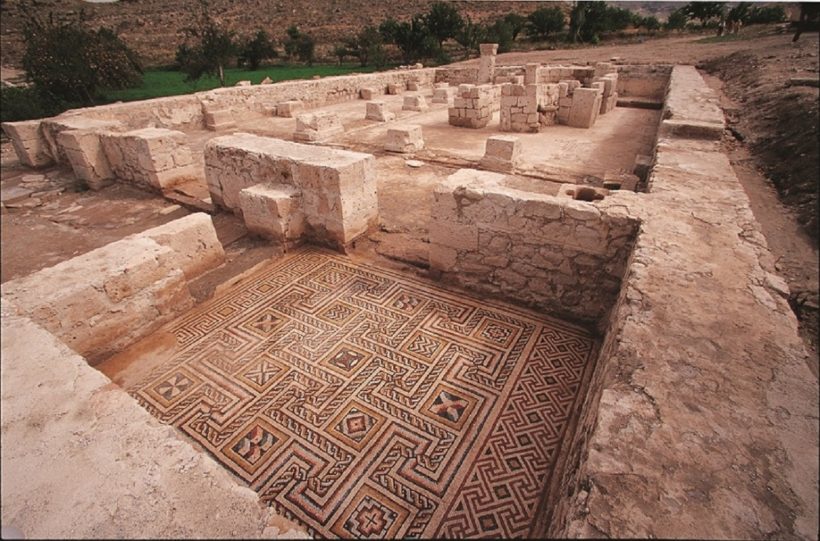
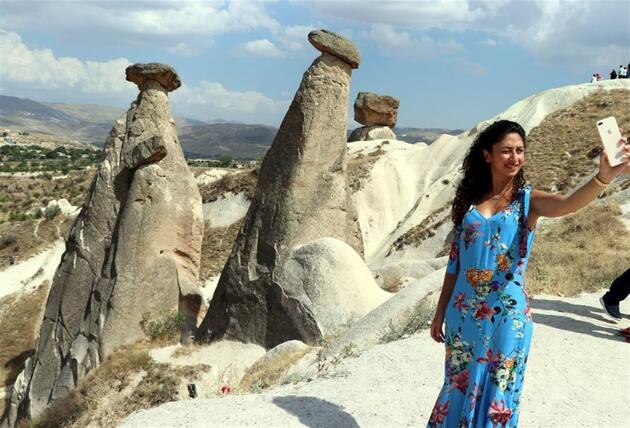
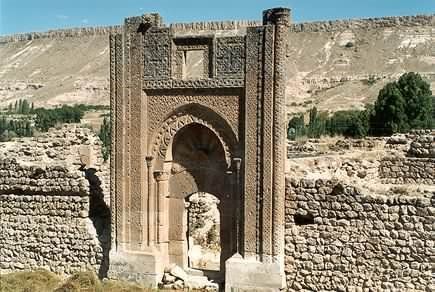

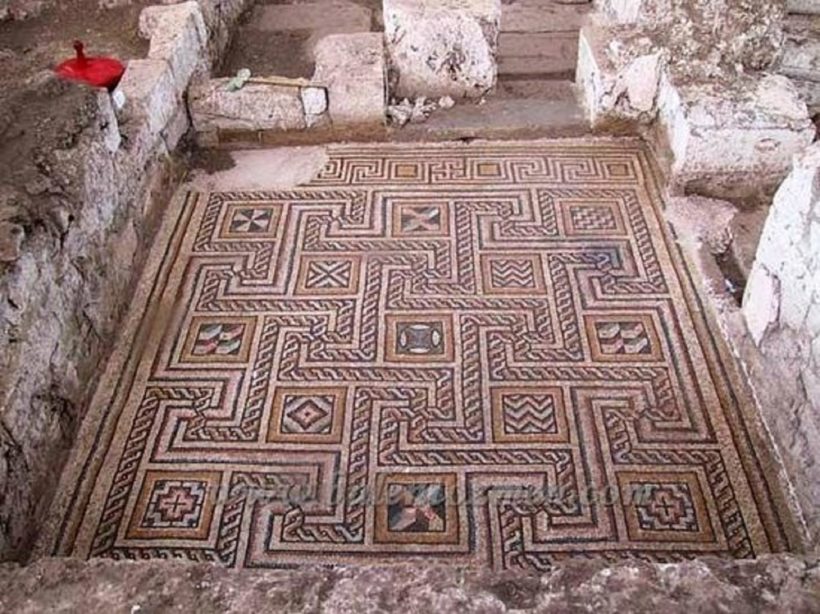
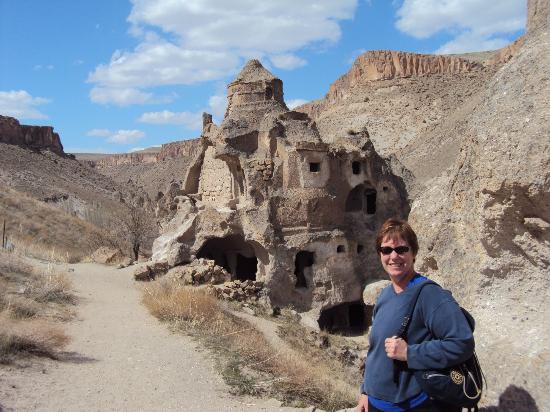
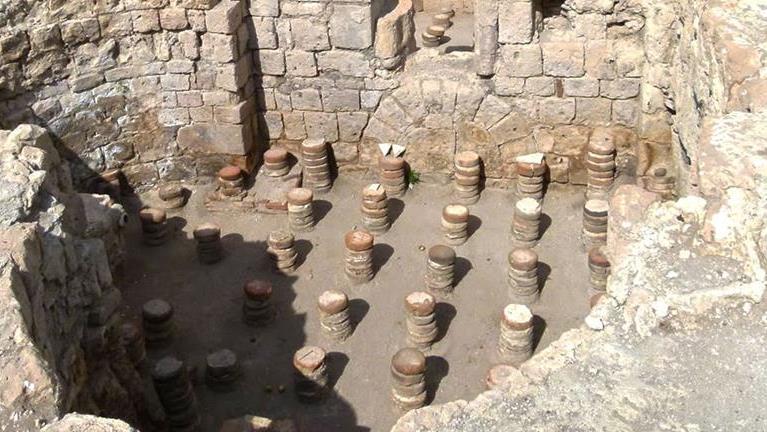
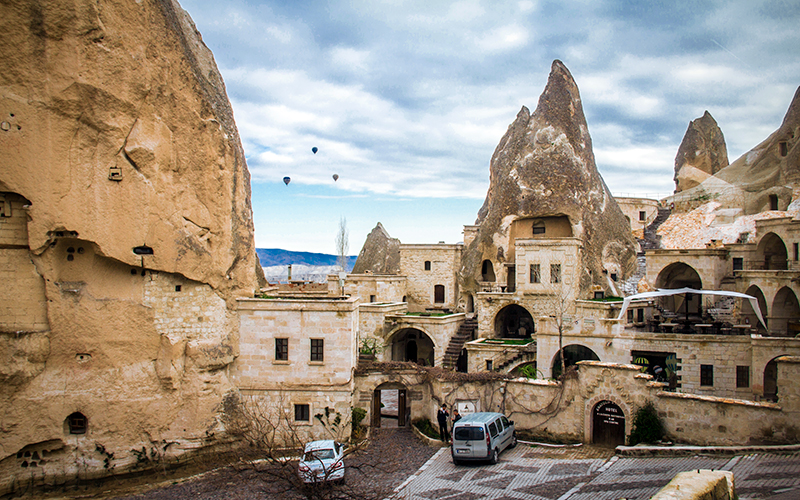
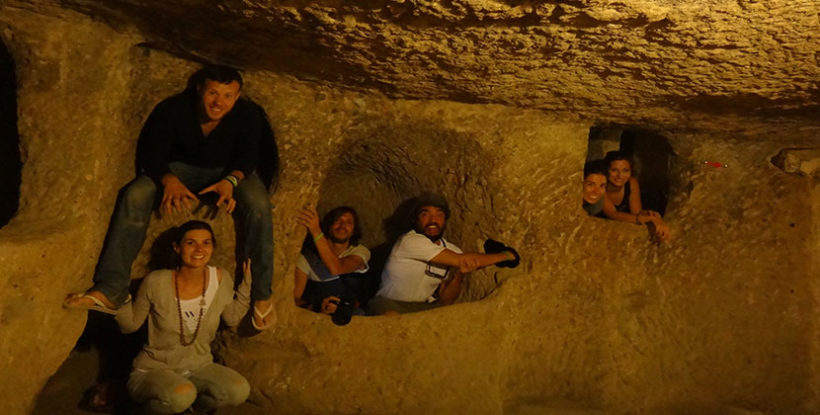
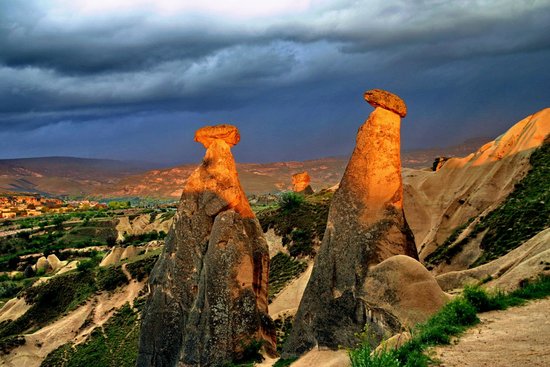
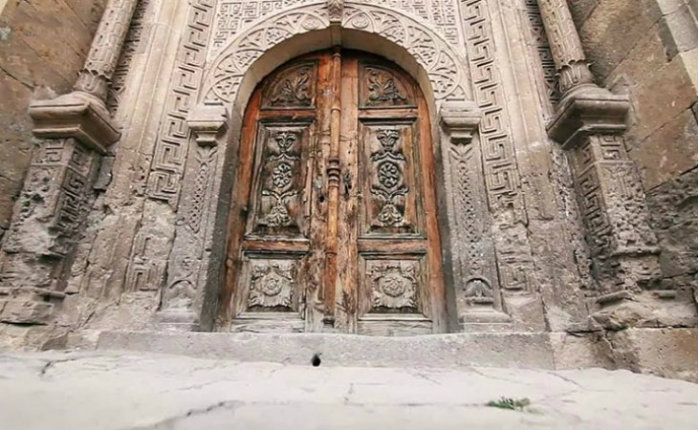
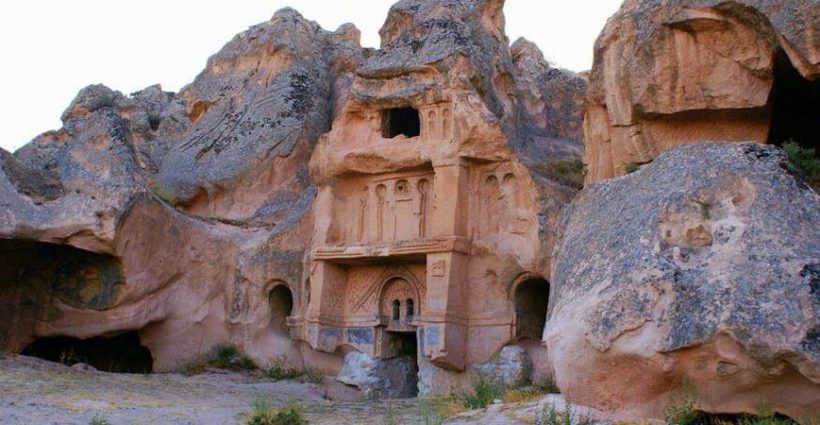
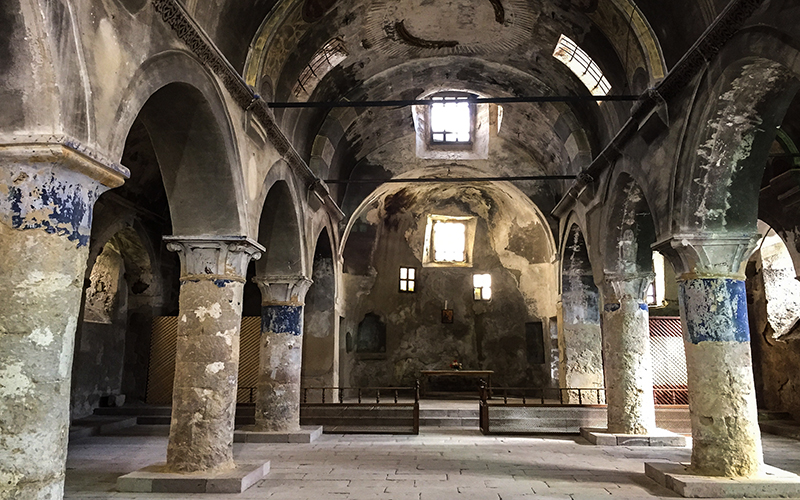
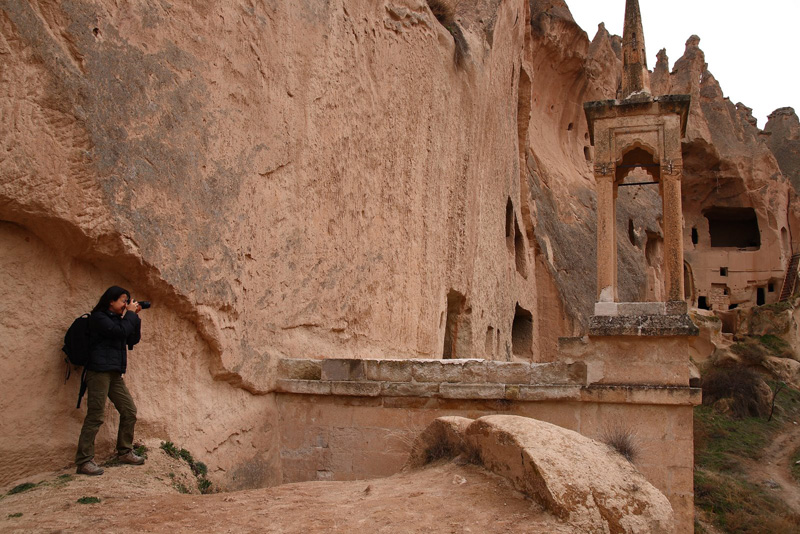
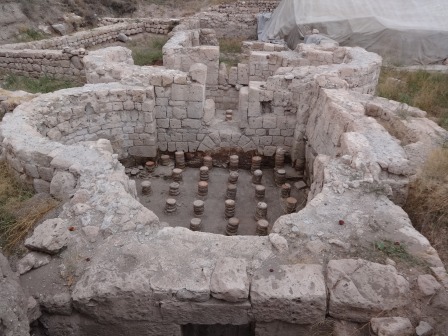
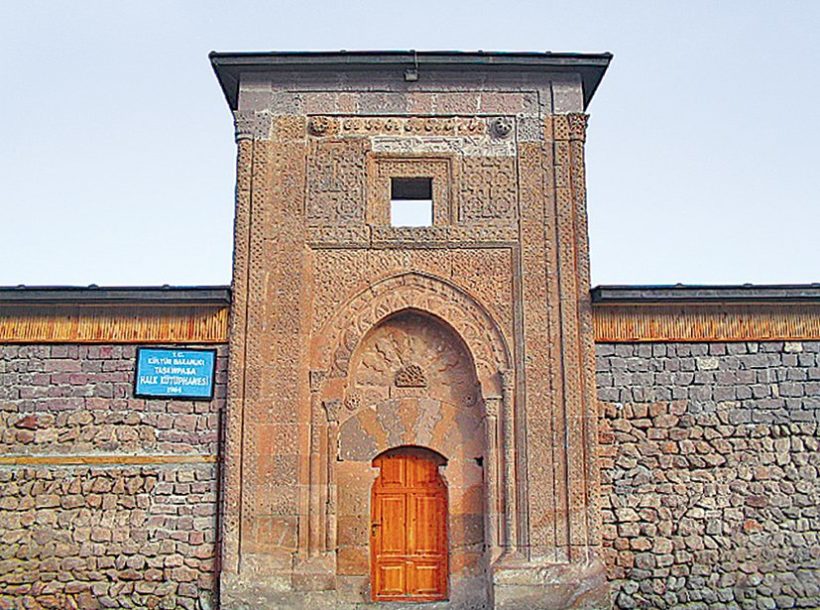
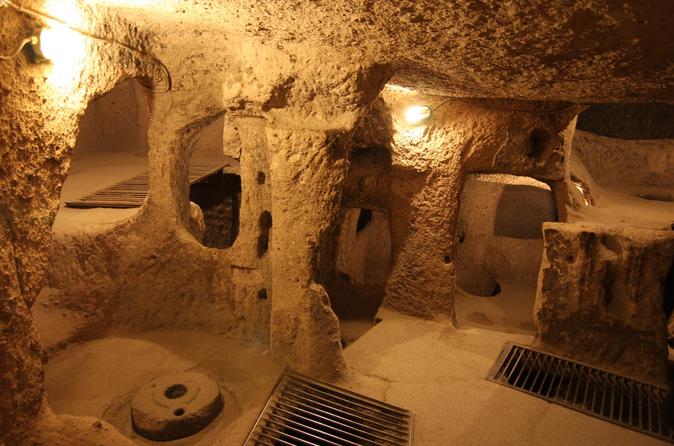
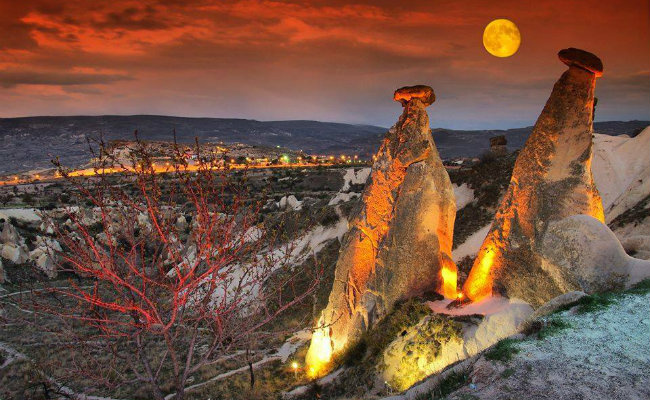
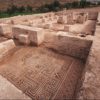
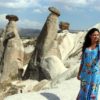
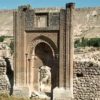
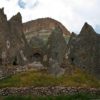
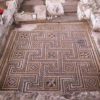
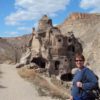
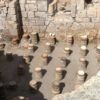
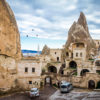
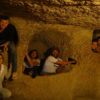
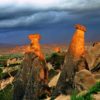
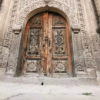
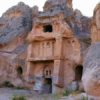
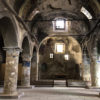
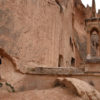
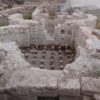
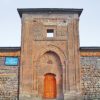
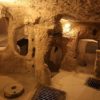
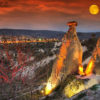
Reviews
There are no reviews yet.